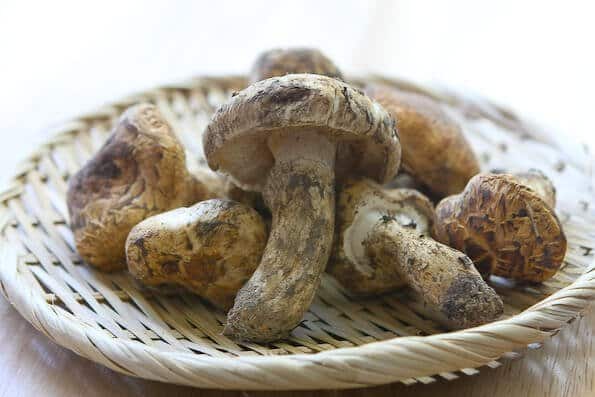
One of my favorite cooking shows of all time is the original Iron Chef. No, not the modern version that plays over and over on Food Network right now, but the one taped in Japan with the silly English dubbing that always cracks me up. The episode that I drooled most over was “Battle Matsutake.” Matsutake Tempura?! Oh hello lover!
So since that episode, I’ve been pining for Matsutake mushrooms. I kept hearing that in Japan, it’s a seasonal, rare, expensive thing….so I just sorta passed it up as, “okay, one day…” type of food.
And a couple of weeks ago I found out that Matsutake mushrooms are harvested here in the Pacific Northwest (okay, not really “here” as I’m in Florida, but I mean here as in American soil!) and this year is one of abundance. My good friend Dave from Earthy sent me an email when they first started arriving, and I almost canceled the rest of my travel plans to come home so I could play with the ‘shrooms.
But how to cook?
Marc of No Recipes and Stephan of Zen Can Cook came to the rescue with ideas and recipes. I had dinner with both of them a few months ago in NYC, but we don’t have a photo to prove it.
Because we were too damn busy eating, laughing and stuffing our faces at dinner. Oh and drinking lots too. No wonder!
So, if you’re lucky enough to get your hands on a few Matsutake mushrooms, remember to keep the recipe simple. The mushroom is so fragrant and earthy that you don’t want manipulate it too much. Keep it simple, with few good quality ingredients and enjoy its natural aroma and taste.
What is Matsutake Mushroom?
Fall is the season of Matsutake mushrooms. In Japan, it’s a highly prized mushroom, perfect specimens selling for as much as $250 for 6 small Matsutake mushrooms! I compare it to truffles – the Matsutake has a penetrating, deep earthy aroma. It’s texture is thick, meaty and hearty.
Matsu = pine
Take = mushroom
The Matsutake grows only under pine trees, and I’ve heard that the never grow in the same place twice. How frustrating for mushroom hunters, eh? American Matsutake is a little different from the Japanese species, but just as fragrant and delicious.
Hsiao-Ching Chou wrote, “In that regard, the matsutake resembles the truffle, which lends its perfume to any preparation it encounters. A broth with several slices of a pine mushroom would be served in a lidded bowl or pot, for example, so that the scent of earthy pine with a tinge of cinnamon swirls within the container until it is finally released.”
Hurry! Matsutake mushrooms are only available September through November!
How to make Matsutake Dobin Mushi
First, clean your mushroom with a damp cloth, wiping off as much dirt as possible. Cut off the tough bottom nub of the mushroom. Use a paring knife, turn the knife around so that you’re using the upper dull edge, and scrape off the thin outer layer on the stem.
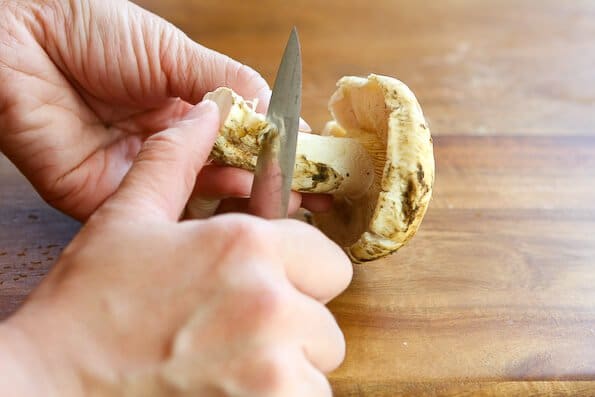
Cleaned mushrooms and trimmed stems
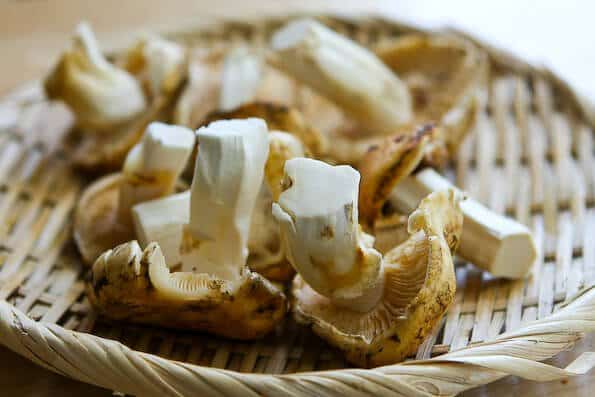
We’ll be making dashi broth from scratch. You’ll need 3 ingredients to make dashi – water, bonito flakes and dried kelp.
To make dashi, use large bonito flakes or katsuobushi. They come in a big package at the Asian market. Look for the big flakes. The little flakes are for garnishing. Big flakes should be the size of a cornflake.
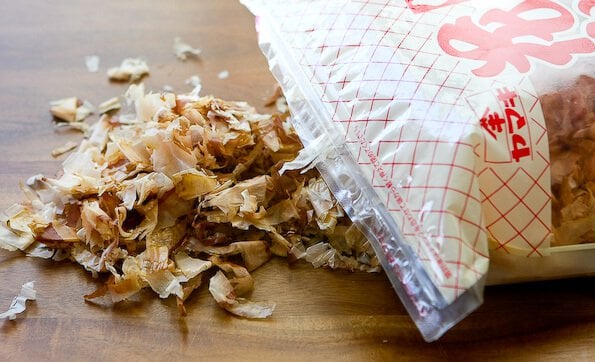
Look how beautiful these bonito fish flakes are! So light, airy, flakey. Don’t sneeze.
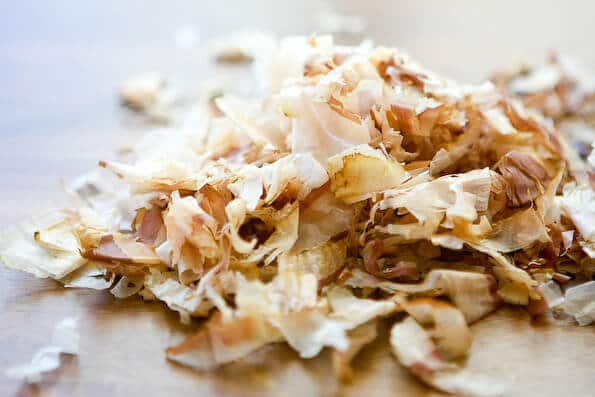
You’ll also need a 6-inch piece of dried kelp (seaweed) or kombu for dashi:
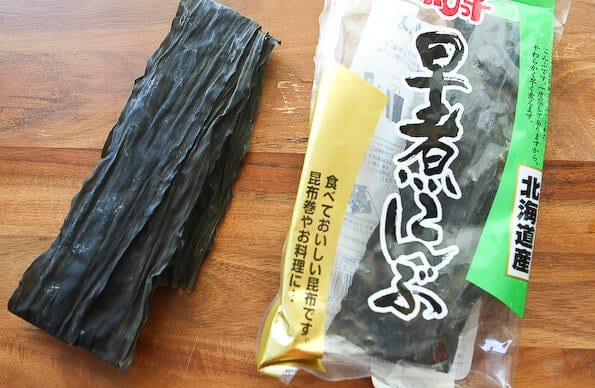
They usually come long, folded and then dried. You’ll only need 6-inches and just a single layer, so break it apart.
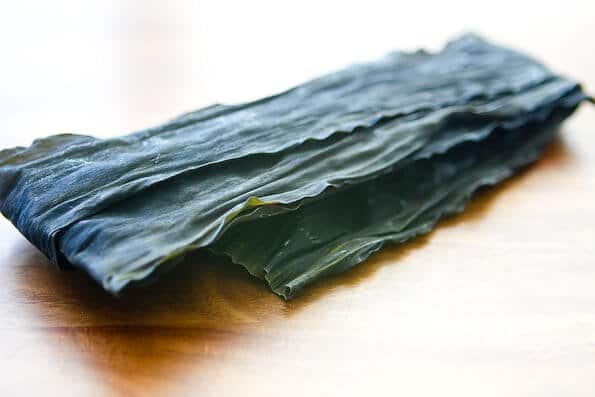
Do not soak the kelp or even rinse it. Just take a damp cloth and wipe it down to clean any dirt off the seaweed. Add the kelp to water and turn the heat to medium-low.
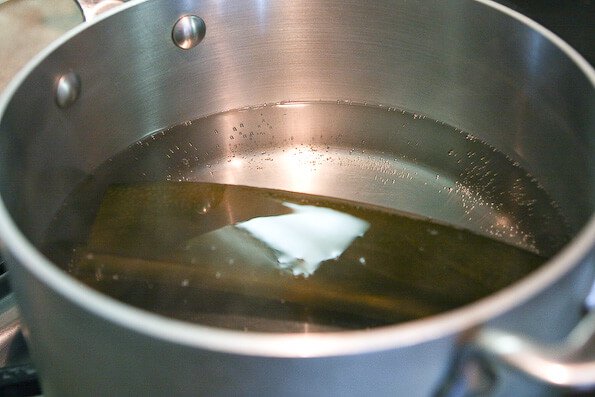
Just before it comes to a boil, add two big handfuls of bonito flakes, stir and turn off the heat immediately.
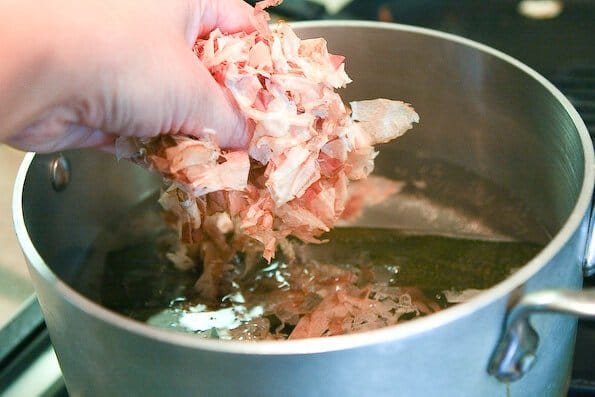
Then strain.
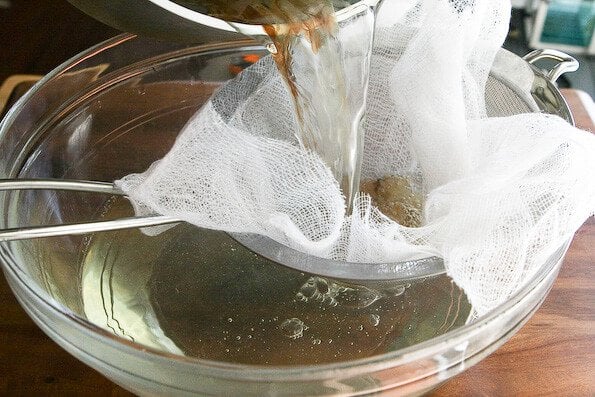
The kombu is still good! Don’t throw it away….
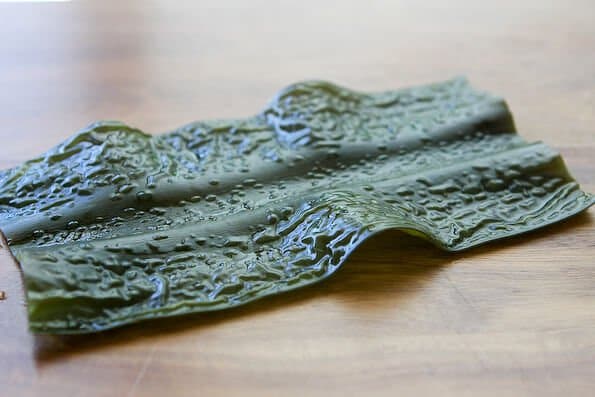
Just rinse and pat dry. Let dry on your counter top and then when the kelp is completely dry, store back in your pantry. You can reuse.
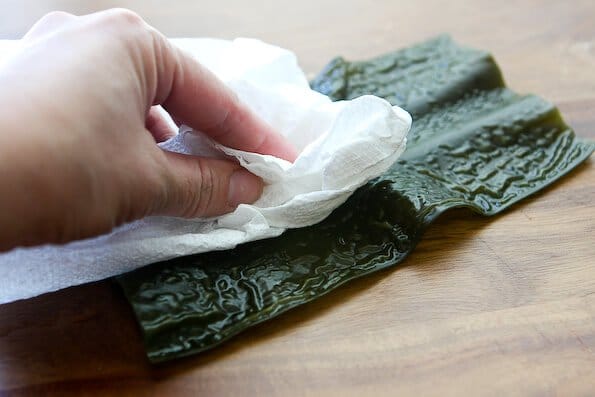
Now it’s time to make the dobin mushi. Ladle the strained dashi into a teapot.
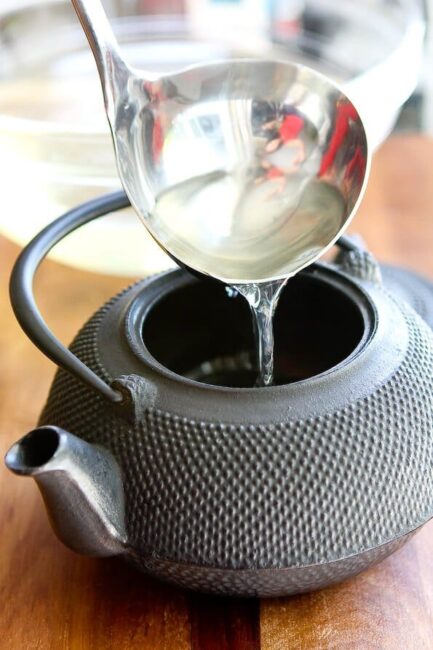
Next, add the ingredients. Today, I had sliced fish, sliced carrots and sliced Matsutake mushrooms. I have also make dobin mushi with chicken, shrimp and ginko nuts. What you add to your dobin mushi is up to you. Below, I have a list of links to dobin mushi recipes that you can look at.
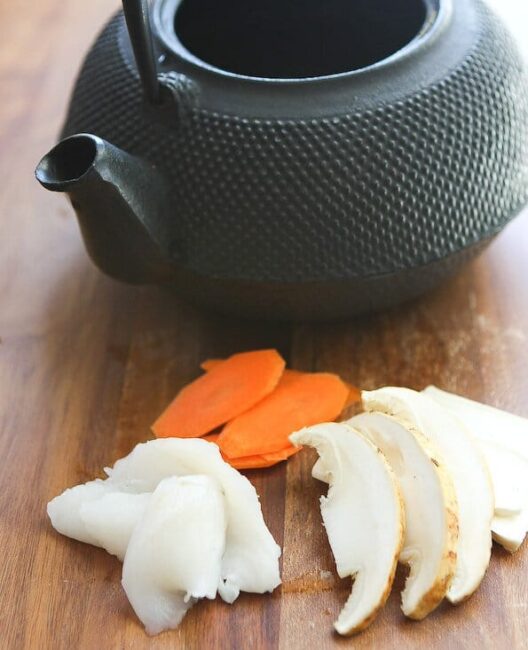
Place all ingredients into the teapot. Also add Japanese sake, a touch of soy sauce and just a sliver of lime peel.
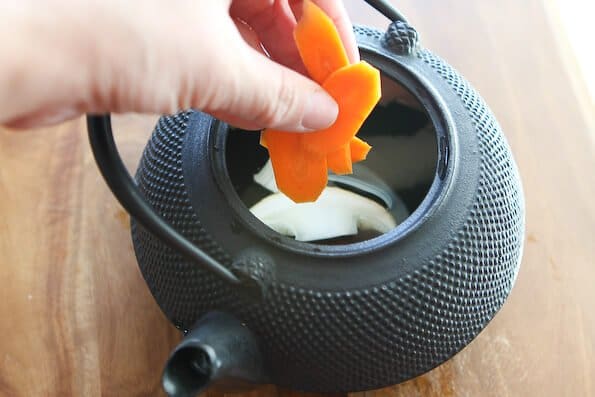
Dobin mushi is steamed, not boiled directly on a flame. I have a wok here and have inserted a steamer stand. Bring water to a boil.
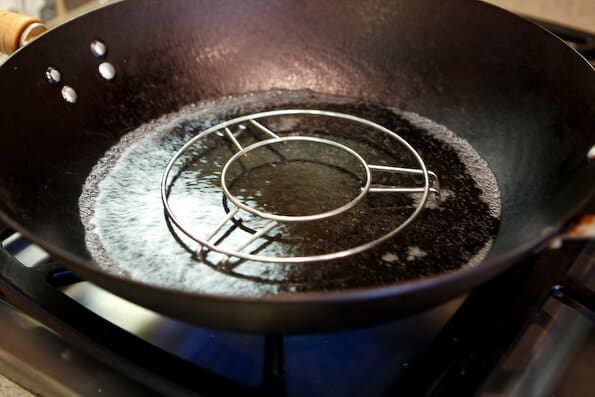
Place the teapot on the steamer rack.
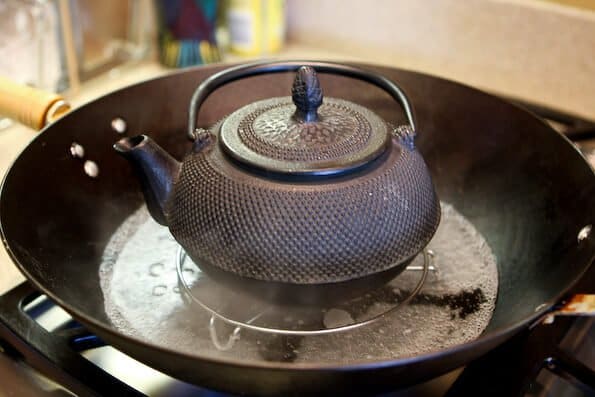
Cover with lid.
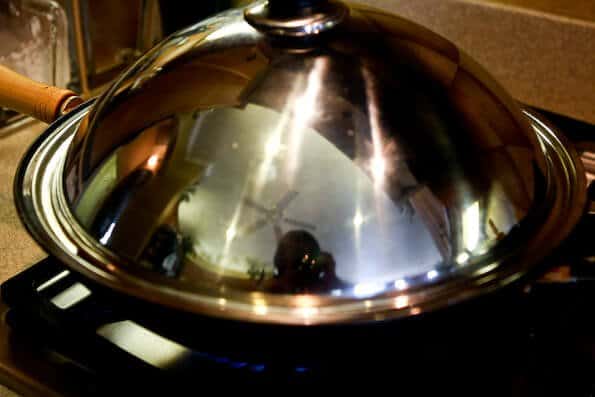
Steam for 8 minutes.
Pour the aromatic broth into a teacup.
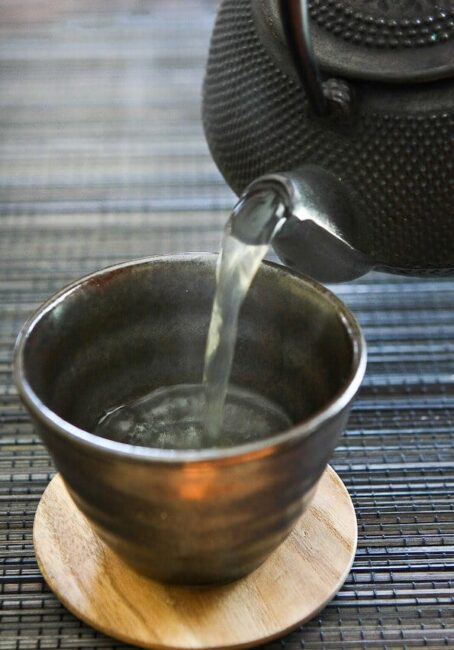
And then enjoy the goodies inside the pot.
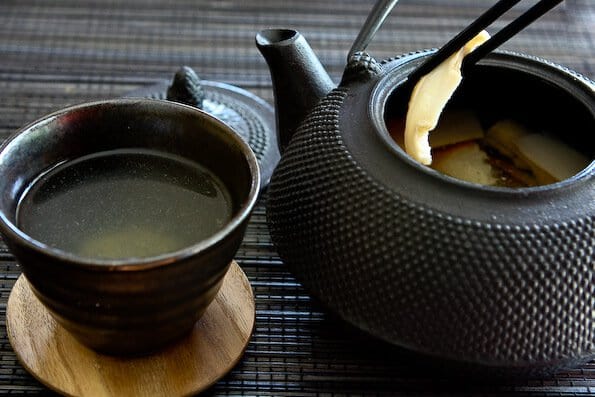
Treasure hunting!
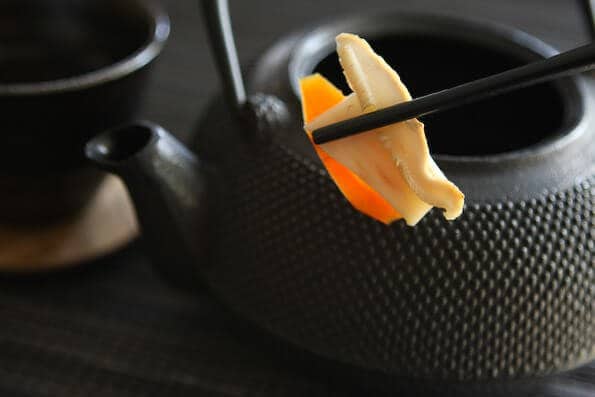
Matsutake Mushroom Dobin Mushi Recipe
If you don’t have a wok or a tea pot, you can use a large, wide stockpot (or dutch oven) and ramekins for steaming the dobin mushi. Divide the ingredients between the ramekins. Cover with a parchment circle (or tin foil) and steam in your large pot. If you don’t have a steamer rack, you can use a shallow bowl, turned upside down or a few inverted shot glasses.
This dish is all about the mushroom. Keep the ingredients simple and light to showcase the Matsutake! Matsutake mushrooms provided by Earthy.com
serves 2 as part of multi-course meal
For the dashi
4 cups water
6-inch piece kombu or kelp
2 handfuls of katsuobushi or bonito flakes (about 2 cups loosely packed)
For the dobin mushi
2 matsutake mushrooms, sliced (about 2 ounces)
few thinly sliced white fish (about 2 ounces)
few very thin slices carrots (about 1/4 carrot)
1 tablespoon good quality sake
1 tablespoon good quality Japanese soy sauce
1. Make the dashi: Place the kelp into a pot with the water. Let soak for 10 minutes. Turn the heat to low. When the water starts quivering, remove the kelp, add in the bonito flakes, stir and turn off the heat. (Do not let boil) Let sit until bonito flakes sink to the bottom. Strain (don’t squeeze the bonito flakes) and reserve the dashi stock.
2. Clean the Matsutake mushrooms by using a damp terry cloth to wipe the dirt off the mushrooms. Use the back of a paring knife to scrape the thin, outer layer of the stem off. Cut the tough bottom of the mushroom off and discard. Ladle the dashi into your teapot, add in the remaining ingredients.
3. Prepare your steamer as shown in the photos or directions above. Cover and steam for 7 minutes (longer if you are using chicken) on medium-low heat. Serve immediately.
More Matsutake
Matsutake Mushrooms from Earthy.com
A Recipe to Savor the Autumn: Kinoko Dobin Mushi
Hunting for Matsutake Mushrooms



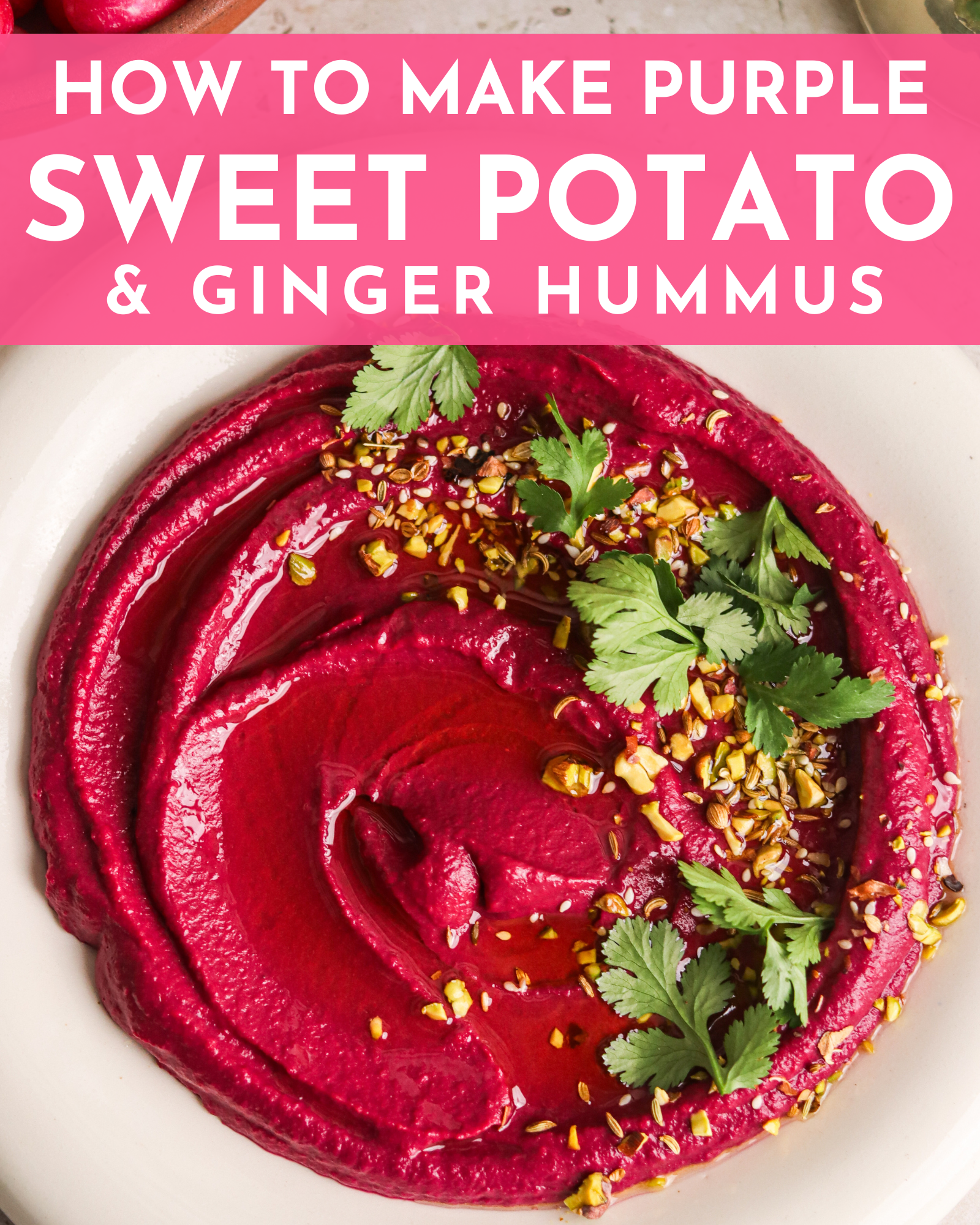
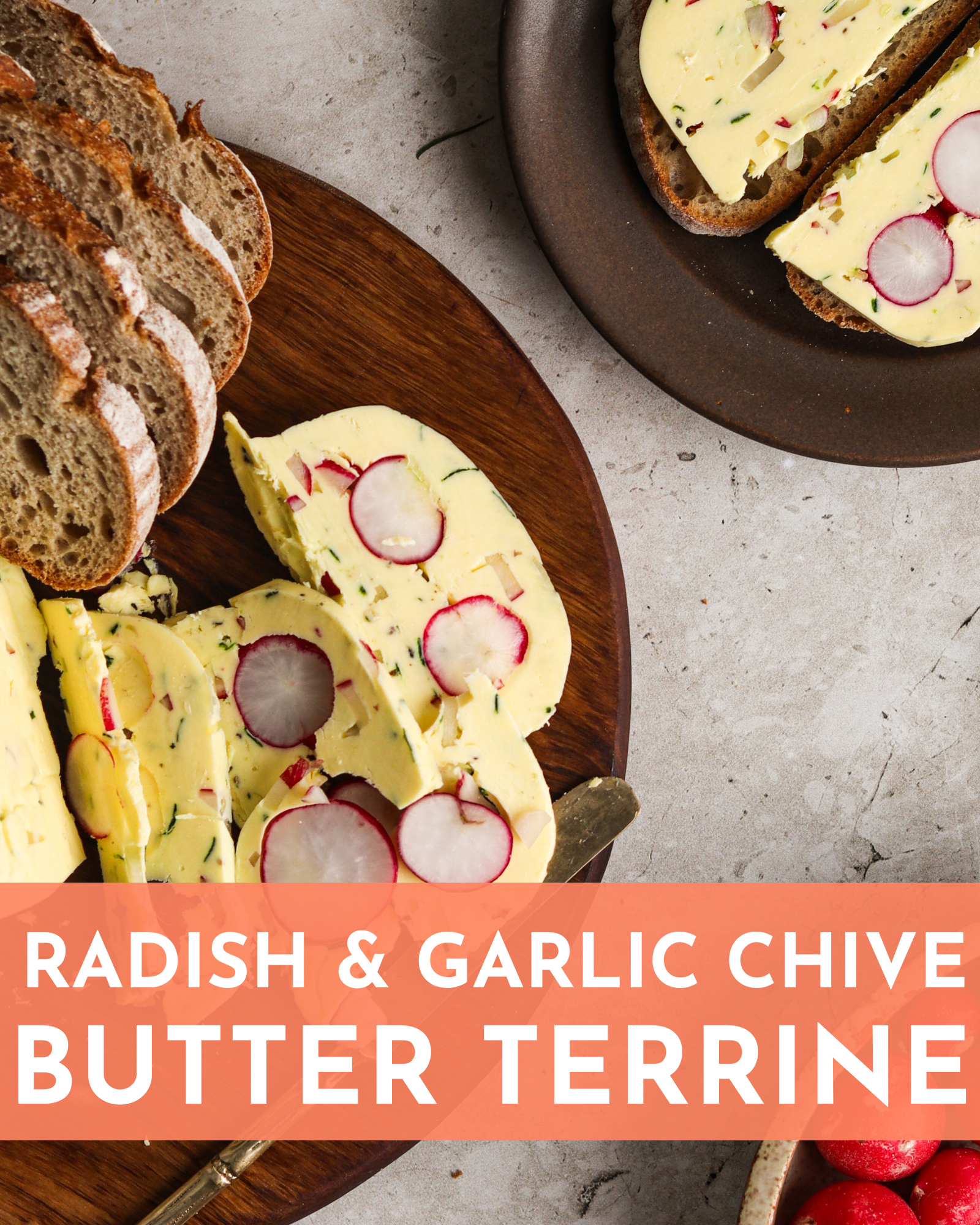
Hi Jaden, Thank you for telling us this Mushroom Dobin Mushi Recipe, I will also trying to make this delicious recipe.
Hello, I do think your web site may be having browser compatibility issues.
When I look at your website in Safari, it looks fine however when opening in IE, it has some overlapping issues.
I merely wanted to provide you with a quick heads up!
Aside from that, wonderful website!
I have hunted Matsutakis fro years. The ones you show kind of dries up looking (sorry). Anyway they come up year after year same spot. I just wait till the conditions are right and check my patches. Today I have so many not really quite sure what to do with them. I experiment with sushi (Black chantarelles are good for that too) I use a sauce I do with thai seasoning and mandarins I add peanuts and bacon. Most people like it, If you’re interested I’ll share my black chantarelle recipes too. Just contact me.
\Chris
I hunt for Makutake (Pine Mushrooms) for enjoyment here in the Pacific Northwest for being outdoor and fun but to make money on top will be extra special. Right now is pine mushrooms season and this year there is lots of them. If you are interested in buying some from me contact me at boonemeunesaveng@ymail.com
The Chawan Mushi cups seemed to work, but I think I didn’t use enough mushroom–half of one mushroom for two mushi cups. I think that’s about half of what I should have used. Also I had some debris in the final soup and I think it was chicken blood-I should have rinsed the chicken better. Yuzu zest worked well as a condiment.
I’m trying this basic concept right now after finding grade 1 pacific northwest Matsutake for only $33 a lb at Mitsuwa. Apparently there has been a bumper crop of the fungi this year (2010) and the online LA times forecast prices may hit $25 by next weekend at farmers’ markets.
I didn’t have a carrot or white fish on hand so I’m using some chicken and some shrimp that I bought with the intention of making Chawan Mushi. My tetsubin has a colored outer finish, so instead of steaming it in a teapot I’m using my chawan mushi cups and lids as individual steamers. I hope the chawan mushi lids are adequate to keep the mushroom vapors in; I figure even in a teapot you lose some through the spout so I’m hoping its okay.
Looking elsewhere on the web apparently dobin mushi is often served with a wedge of sudachi or lime. I think I have a lime somewhere, if not I’ll make do with a yuzu (though they don’t really provide juice to dribble into soup, maybe a small bit of zest)…
Many years ago my wife & I had the good fortune of ready access to dobin mushi with matsutake in Pasadena, CA. I also learned to love gingko nuts in this dish. One of the most elegant foods, ever1
Yes, Jaden…matsutake grows in the Pacific Northwest as well. My friend was thrilled to death to find 20 of them and gave me 1 along with chanterelles. I will be going with her next year.
Thank you for sharing the recipe of this soup! Perfec for a cold fall day lke today!!!
I think that the original iron chef shows are some of the best…remember piglet battle? So amazing! As is this soup, thank you for sharing it…so simple, so perfect!
I totally remember Battle Piglet!!! ~j
I love your pictures, as usual. I never knew you could re-use kombu after making dashi. I guess I’ve been wasting my money! Thanks for the post!
Ooooh, this post makes me hungry and “homesick”! It’s been awhile since I’ve made dobin mushi…too long!
Just wanted to let you know that in class yesterday that our end of the class discussion was about your post. My students all were in awe of $250 mushrooms!!!Nice information about the soup. They learned quite a bit in 10 minutes. Thanks so much.
You’re right! We don’t have any pictures to prove we had dinner together. Did we really have that much to drink? I don’t remember anything after you pulled out that case of Sake. 🙂 (the chefs at DBGB thank you by the way!)
This is a great way to take full advantage of the delicate flavor of Matsutake mushrooms. Beautiful stuff!
Great picture on Simply Recipes!!!
Why hello there jaden. Its been awhile since I have visited your website, the reason being… I do not know why to be honest haha.
I love the original Iron Chef, theres no weird restrictions like the one that replays over and over on food network, and whats the deal with dubbing over Morimoto’s voice, he’s pretty famous nowadays, you’d figure they would just put subtitles because of how soft spoken he is. The matsutake episode has made me drool on more than one occasion, also the giant lobster, and matsuzaka/mishima beef ones. How I wish I could get my hands on those ingredients.
Back to your post! The dobin mushi looks delicious, and I could definitely go for some of that right now considering how cold its been in Maryland lately, got cold real fast. You should totally ship me some =]
Beautiful dish. Where did you buy the teapot? The presentation, etc is so beautiful!
Thank you Diana! I bought the teapot from Japantown in San Francisco. ~jaden
I love the detail and care you take in preparing this and then how you blog about it. I’m not going to drop two fiddy for six mushrooms but you did inspire me to go check out “Everything Mushrooms”, a local place here in Knoxville that has a full line of exotic fungi.
Try it with large, fresh shitake mushrooms, lobster mushrooms, chanterelles – same wonderful earthy, umami rich flavor. ~jaden
Thanks for the new(-to-me) ideas, Jaden – both how to prepare matsutake mushrooms, and the idea of steaming in a teapot inside a wok! I love recipe that introduce me to new things. I will try to find some of these elusive mushrooms now. A hot broth will be perfect for the blustery gray day we are having in San Francisco.
This dish is beautiful, Jaden!!
Thanks for stopping by. I love using your blog in my class. It is very informative.
Yes, my students are quite proficient at making biscuits from scratch now. Teaches so many skills even though they might not choose to make them again.
That’s a great, comforting and light soup. I love the presentation too. The clay pots are a work of art. Matsutake mushrooms may not be available but could use a variety of Japanese mushrooms. As always, your photos are crystal clear, sharp and crisp.
This is a really nice soup for Fall. We had it a couple of years ago at Akane Sushi in Los Altos (though I don’t have the pictures to prove it!) and it was so wonderful. I don’t have an iron teapot like you but we do have Japanese claypots for stewing so I think that would work. Now, finding Matsutake mushrooms here in Kuching is another story…
Neat tip about drying and saving the kombu. I usually toss it into the compost pile after using.